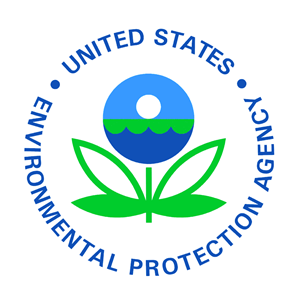EPA finalized changes to the hazardous waste regulations that modernize how the hazardous waste characteristic of ignitability is determined under the Resource Conservation and Recovery Act. The final rulemaking allows the use of non-mercury thermometers in a variety of EPA’s analytical methods that currently require mercury thermometers. These final amendments also allow for the use of modern equipment and techniques for making ignitability determinations for waste. In addition, these changes reduce potential mercury exposures to humans and the environment by reducing the overall use of mercury-containing products.
This rule also finalized the codification of existing guidance to define “aqueous” as “50% water by weight.” EPA did not finalize other guidance proposed for codification and instead explained in preamble how existing guidance for the aqueous alcohol exclusion and sampling of multiple phase wastes applies to provide clarity and more certainty for the regulated community.
It is expected that the implementation of these new and improved methods will not affect the analytical results when compared to the current methods. The rulemaking relied on studies conducted by the American Society for Testing and Materials (ASTM), the National Institute of Standards & Technology, and others that confirm this.
EPA sought input from waste generators, laboratories, state officials, trade associations and members of the public on the proposal in a 60-day comment period that ended on June 3, 2019. EPA carefully considered all the public comments before issuing the final rulemaking, which was signed on June 8, 2020.


